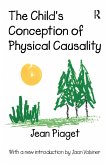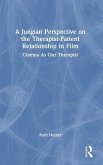Scientific Essay from the year 2018 in the subject Psychology - General, , language: English, abstract: Synchronicity--'an acausal connecting principle' as proposed by Carl Jung may be shown to be bound by the axiom of causality (AOC) if one takes into account three factors: the principle of computational equivalence (PCE); the principle of computational irreducibility (PCI); and the Brouwer fixed-point theorem (BFPT). Direct causal relationships presented as elements in a universal cellular automaton can result in a deterministic yet a priori indeterminate result in which the outcome of computation is bound by the PCI. This means that the circuitous computational pathway by which events are related causally cannot be determined. Moreover, if these direct causal relationships are represented as vectors on the surface of a sphere, then according to the Brouwer fixed-point theorem they will meet at a fixed point or in a 'whorl'. If at least one of the vectors represents a conscious agent, then the confluence of vectors in the whorl may be seen as an acausal coincidence. However, the vectors ARE causally related in the past (AOC), but--because of the PCI--may seem to be acaually related due to their convergence within the same patch of space and time in the whorl.
Bitte wählen Sie Ihr Anliegen aus.
Rechnungen
Retourenschein anfordern
Bestellstatus
Storno








